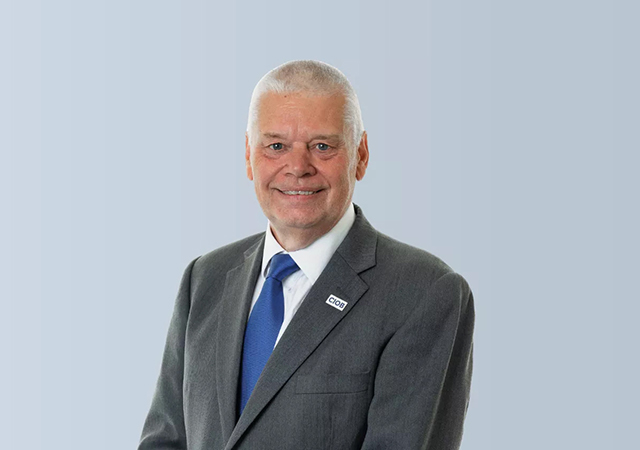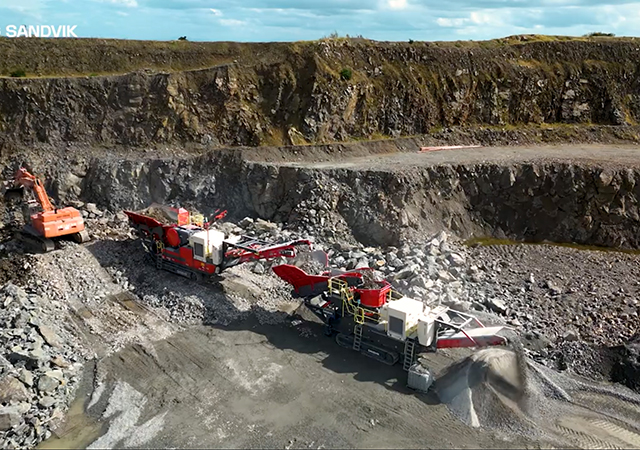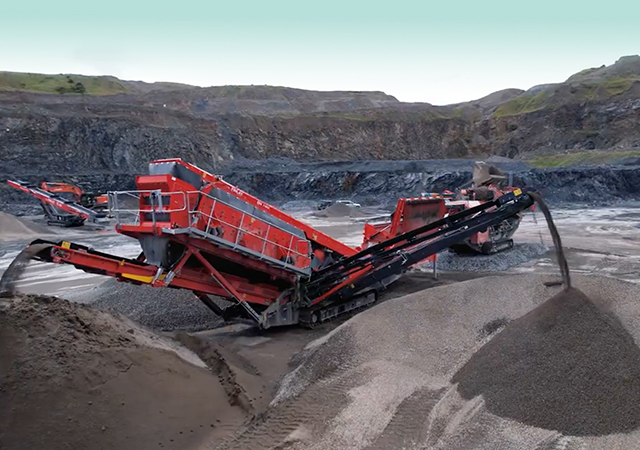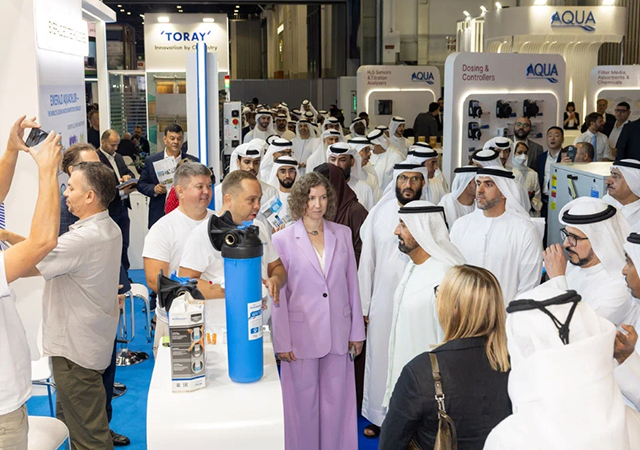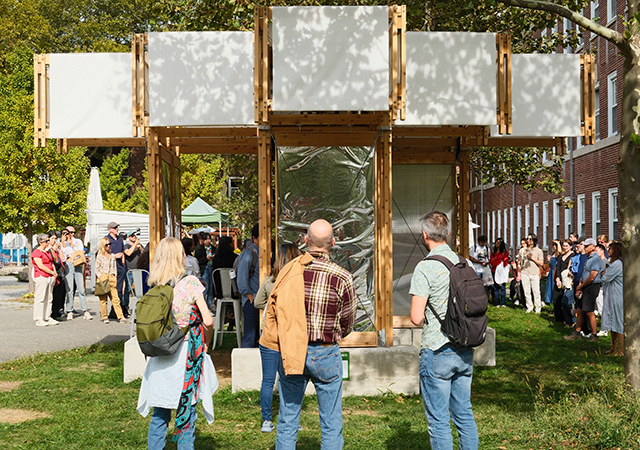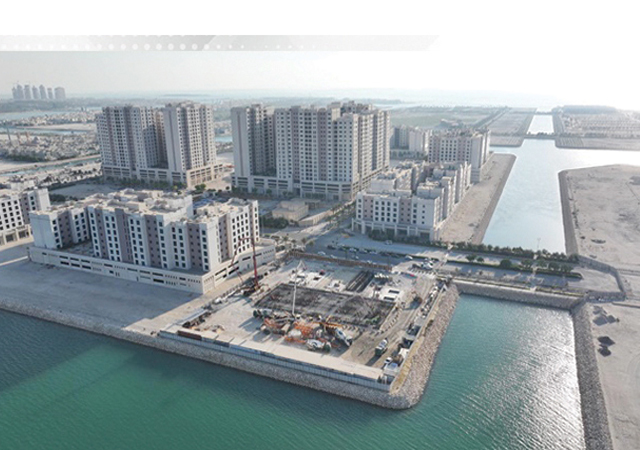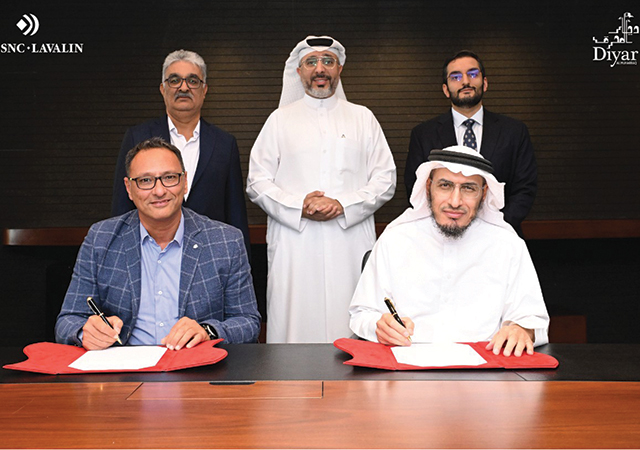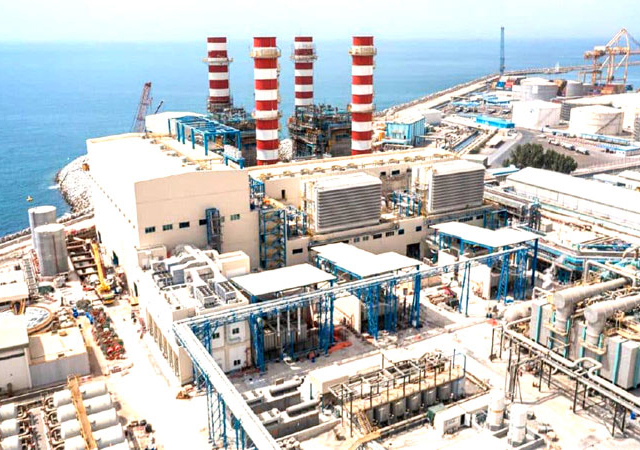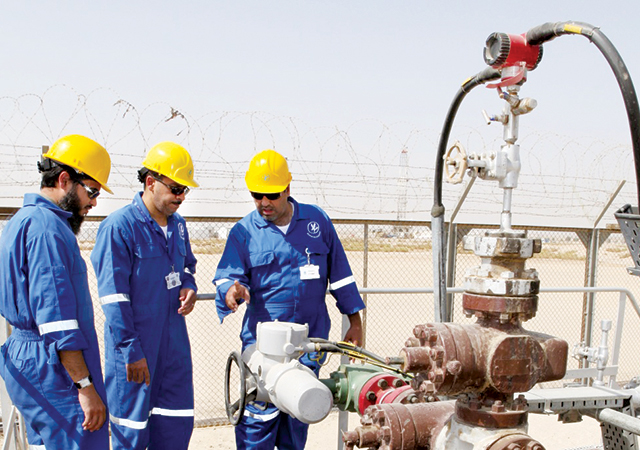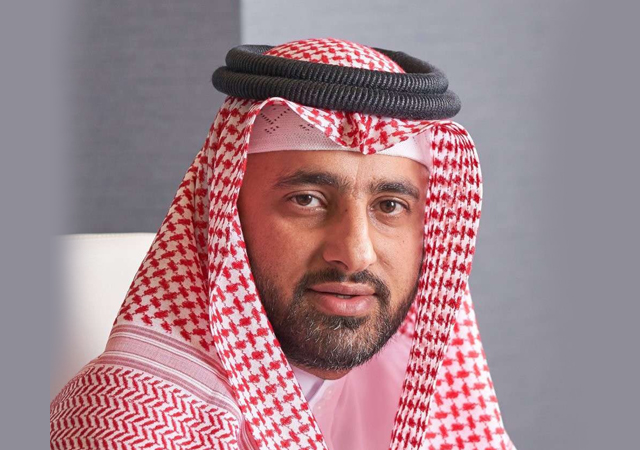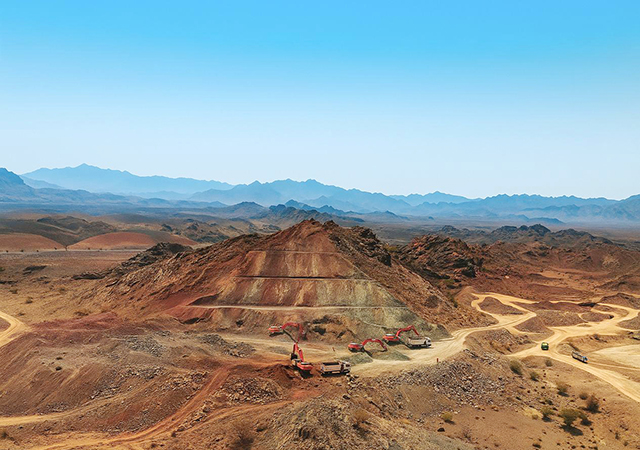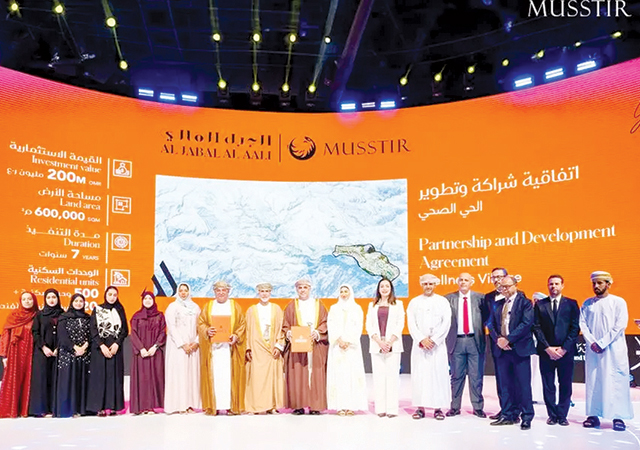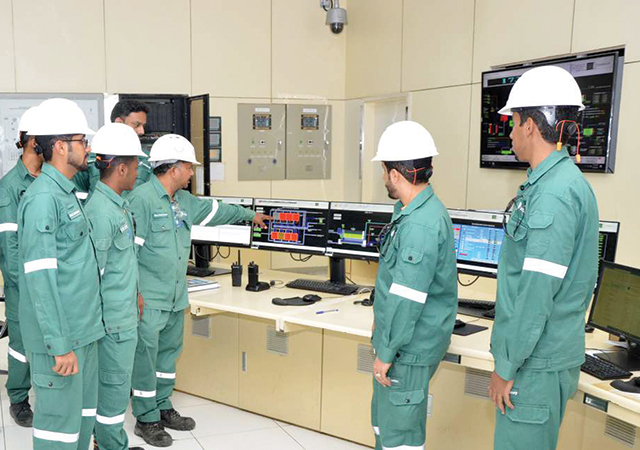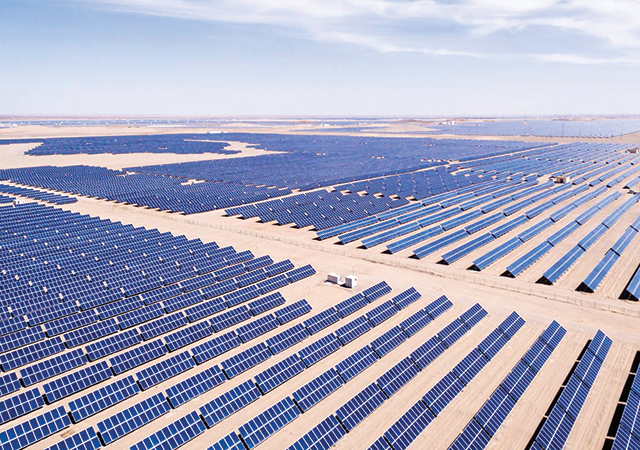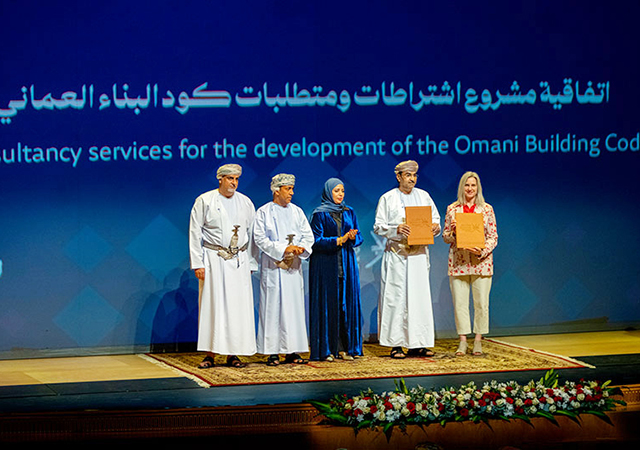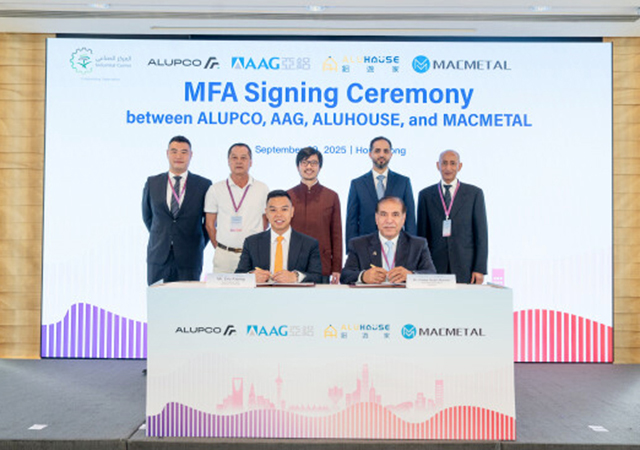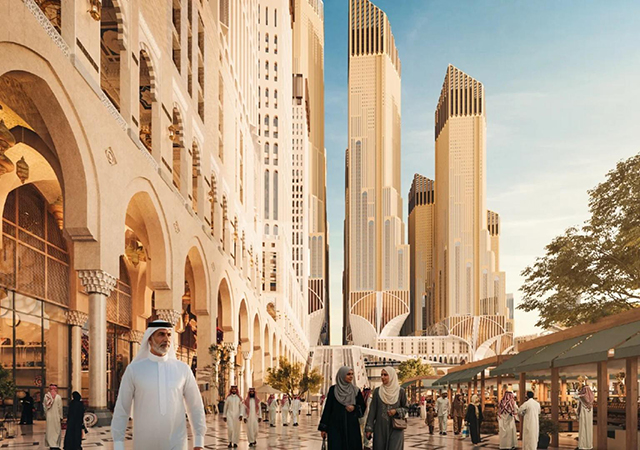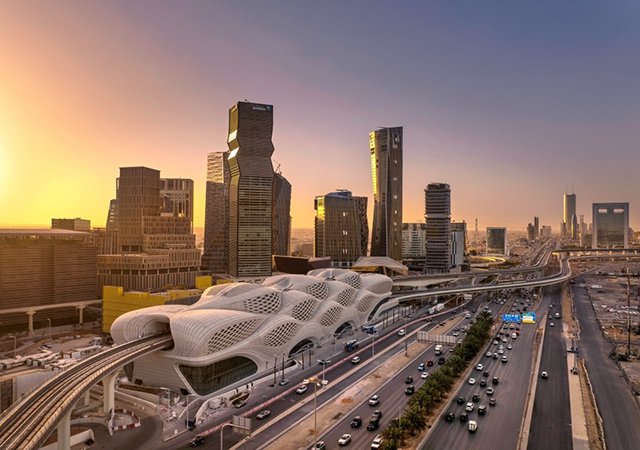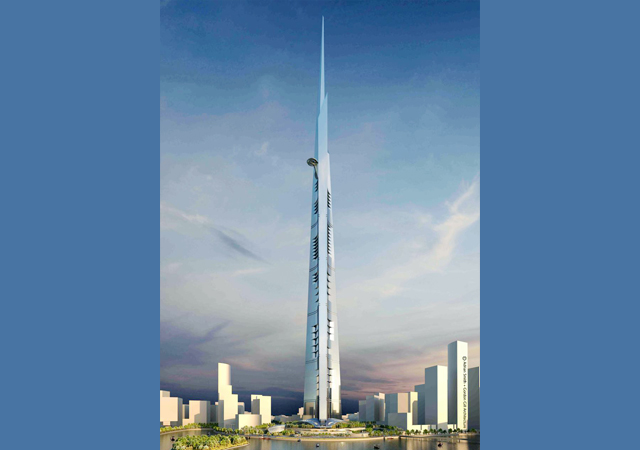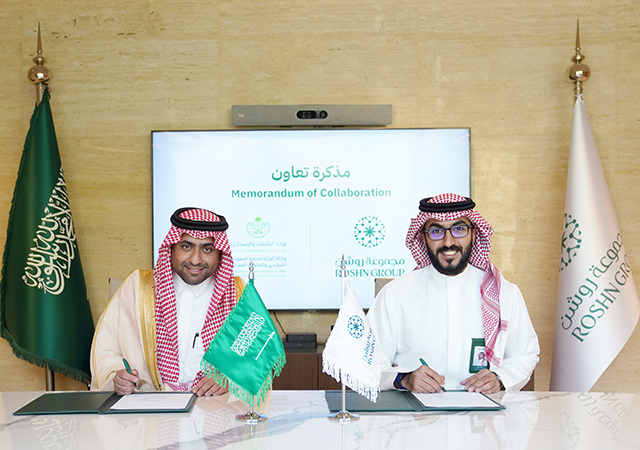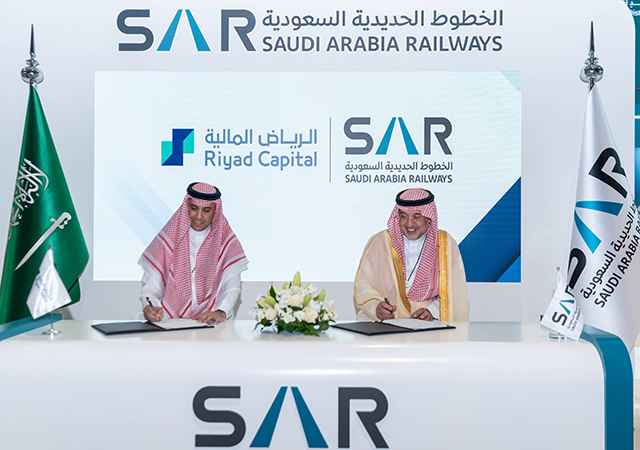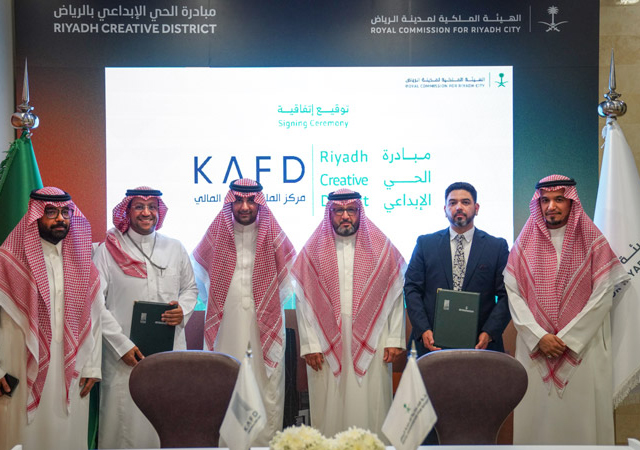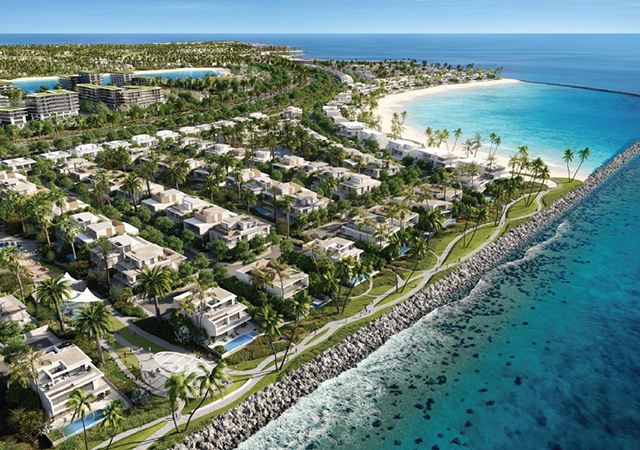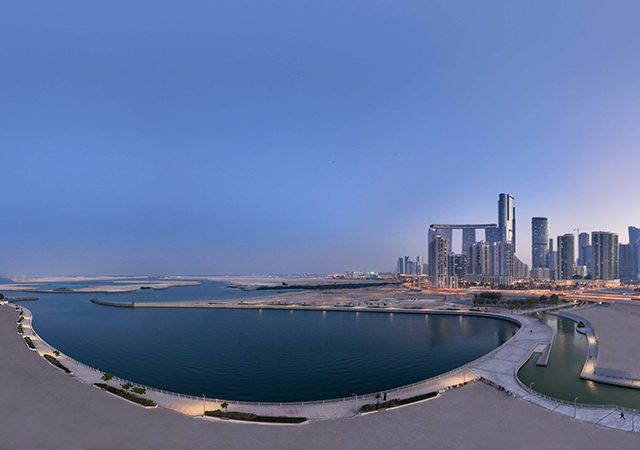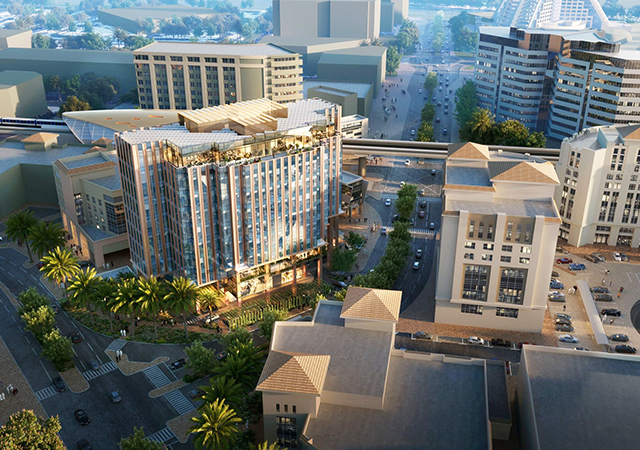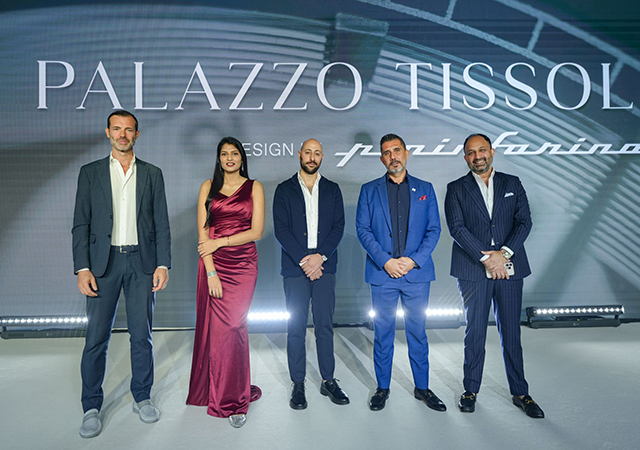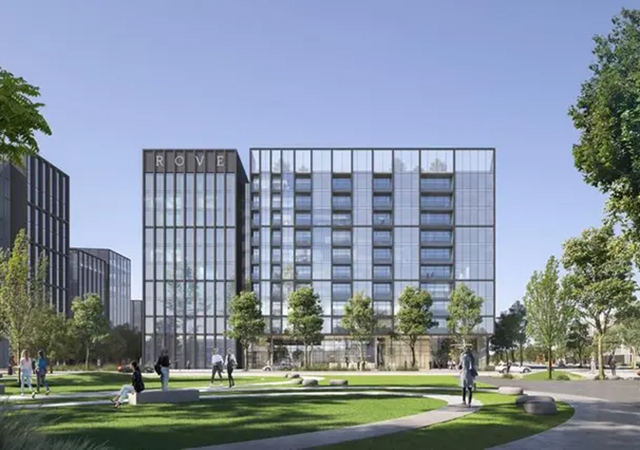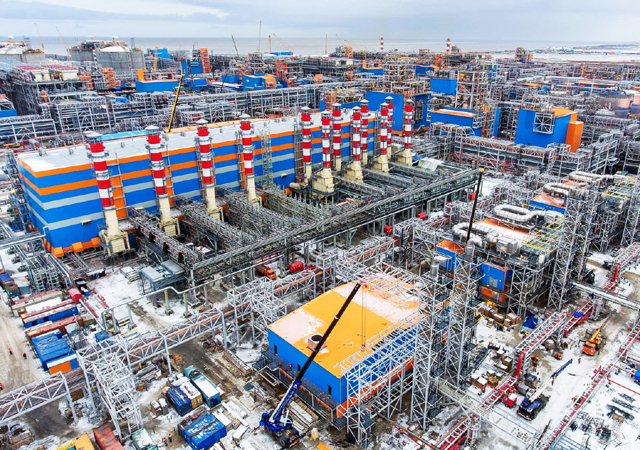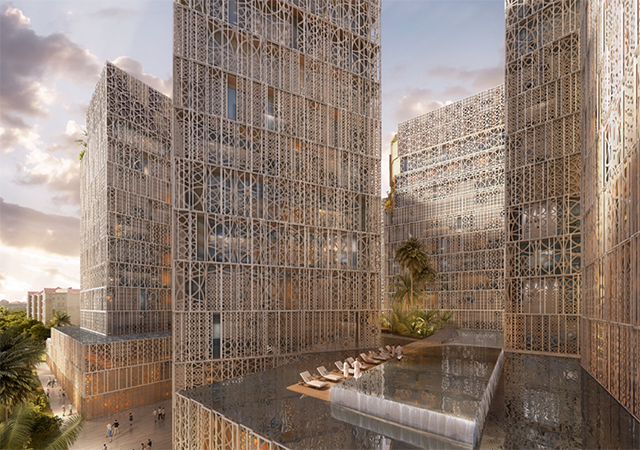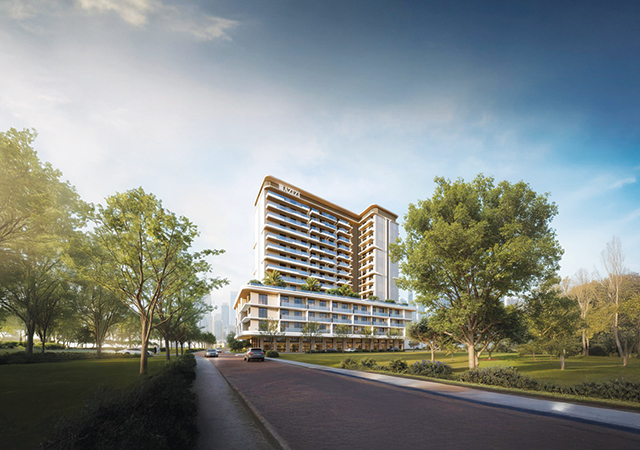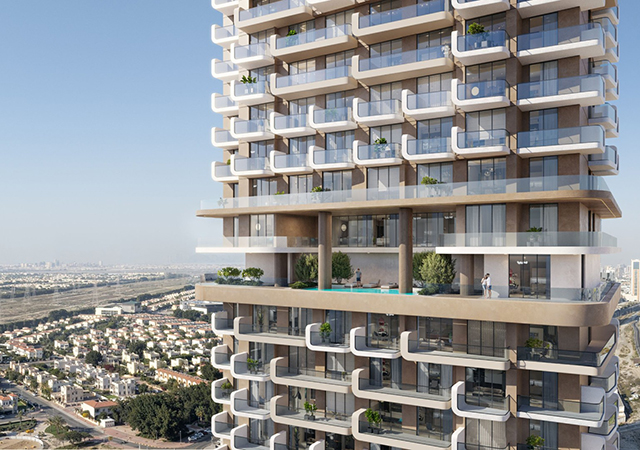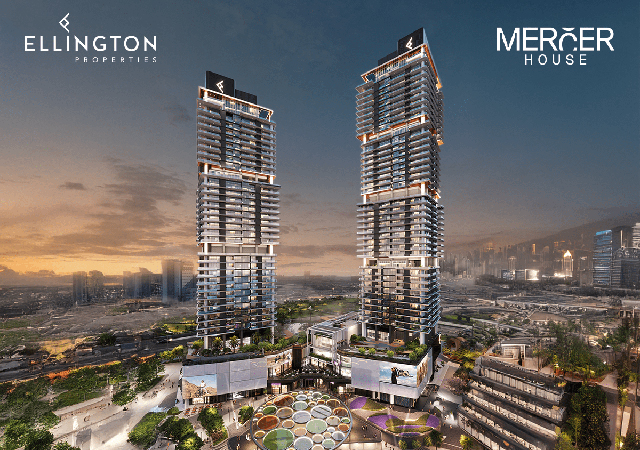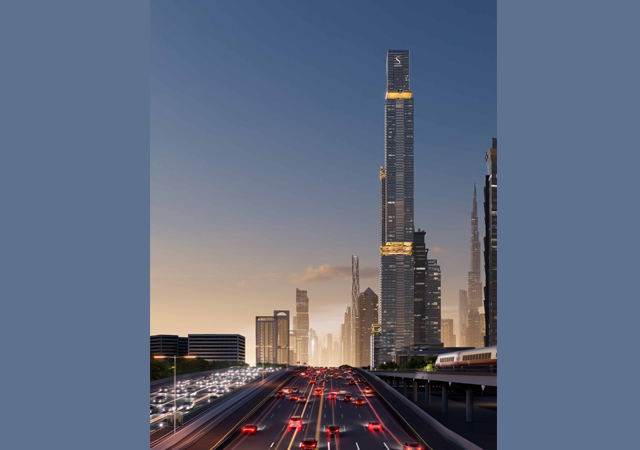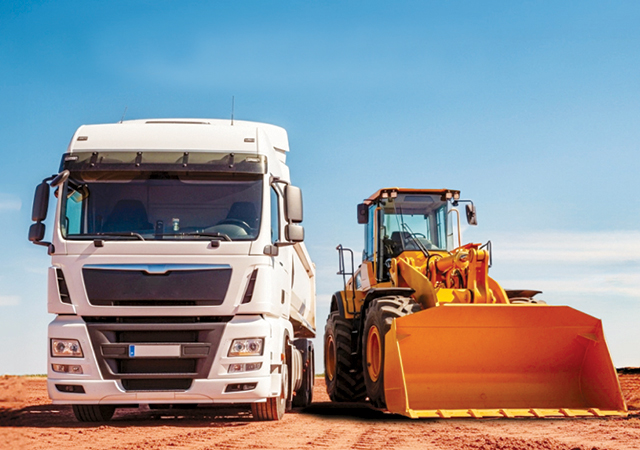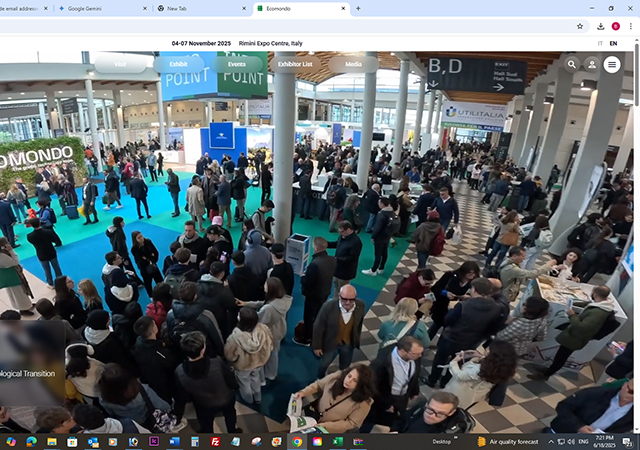 Jackson ... collaboration a watchword.
Jackson ... collaboration a watchword.
Sustainable designs are pushing architecture into new directions – and the construction industry towards greater collaboration, writes ANDREW JACKSON, marketing director at SAS International*.
ATTITUDES to sustainable design have undergone a real change in recent years. Many clients have moved from solely being driven by ratings systems under Breeam (Building Research Establishment Environmental Assessment Methodology), or Leed (Leadership in Energy and Environmental Design) to modify building plans or reconsider materials used in fit-out.
Sustainable design now is frequently part of a bigger corporate philosophy – key for developers – to focus on how buildings are presented to future tenants. That building owners and occupiers support the drive for sustainable buildings is influencing designs decisions in both exterior and interior architecture.
Last month saw the Middle East Architect Awards take place. Notably, the awards included a category ‘Sustainable Project of the Year’. Awards such as these are important in both promoting and recognising design excellence.
Designs that push architecture into new and exciting directions intrigue us as an industry. Celebrating best-in-class projects and, of course, seeing who is behind those projects, is something that triggers a response.
How these sorts of awards and others like them promote good design is worthy of further consideration. Highlighting architectural innovation and leadership is important, yet a great building does not only contribute to the urban fabric or cityscape: environmental, economic, cultural and functional aspects are also factors of good design.
Designing buildings to capture views, maximise the use of daylight, help prevent solar heat gain and incorporate natural ventilation strategies or energy-efficient cooling requires a thorough investigation of design options. It can deliver the best possible design and value for each client, and notably a great building from an occupant’s perspective.
When resolving design options, occupant/user experience is often discussed. This is seen as critical in educational or healthcare projects, but this thinking is now being applied equally to commercial buildings too, and even to transportation hubs.
Designing projects ‘from the inside out’ should enhance an interior space.
In office spaces, occupant comfort is an important facet of designing inside out – closely associated with practical consideration given to factors such as acoustics, lighting and cooling. This is about delivering occupant comfort to encourage productivity and necessitates working alongside the building services engineering team.
Yet designing inside out also relates to how workplace strategy connects to interior architecture and fit-out today.
Philip Tidd, head of consulting EMEA (Europe, Middle East and Africa) at international architecture practice Gensler, has written recently that “we may soon bear witness to a profound shift of emphasis away from the industry’s touchstone metrics of occupancy/vacancy/density and area per person, to new metrics that chart effectiveness, satisfaction and well-being in the workplace”.
Open-plan offices that encourage discussion and collaboration are part of this move. Laptops, intelligent notebooks and tablets and mobile phones have changed not only work patterns but also how workplace interiors accommodate workers and their devices: part of an ongoing challenge for designing inside out.
Designing inside out to us also means attention to detail. While special attention needs to be given to materials that are sustainable, durable and affordable, how we design and construct within a budget, is also key.
This means understanding the value of designing the right product/application at the early stage of a fit-out/project. SAS International, a British manufacturer of interior fit-out products, aims to deliver the highest quality solutions with minimal impact on the environment but maximum impact on the interior space.
Projects or project designs that provide an excellent working environment for employees, while at the same time make the most of sustainable initiatives and materials, however, require the whole build team to collaborate.
This means as a supply chain we need to work more closely together. As an industry, we are already seeing new initiatives such as building information modelling (BIM) driving collaboration.
Building information models span the whole concept-to-occupation time-span.
BIM is, therefore, not only a contributor to new approaches in terms of building design but to building and facilities management. Sustaining BIM through the operation and maintenance of a building should achieve real benefits, and from a facility management (FM) perspective help realise savings through information sharing.
Digital technology is also influencing how sustainable offices are being designed and controlled. In the future, we are likely to see that instead of running building services 100 per cent of the time for 100 per cent occupancy, they will supply cooling and light only to occupied areas of the floorplate, or even down to an individual’s specific comfort requirements.
So along with new architectural styles that the evolution of the cityscapes and infrastructure in the region has already embraced, we are likely to see further innovation and experimentation. But this will not just be in style, but in how a building functions and can be flexible.
Collaboration will be a watchword for 2015 to help deliver these modern buildings, and for them then to stand the test of time.
*SAS International is a British manufacturer of interior fit-out products, driven by delivering quality, innovation and providing maximum value to clients and specifiers worldwide.






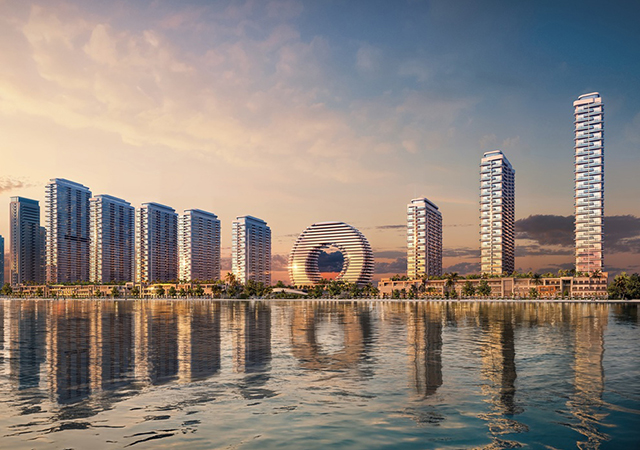

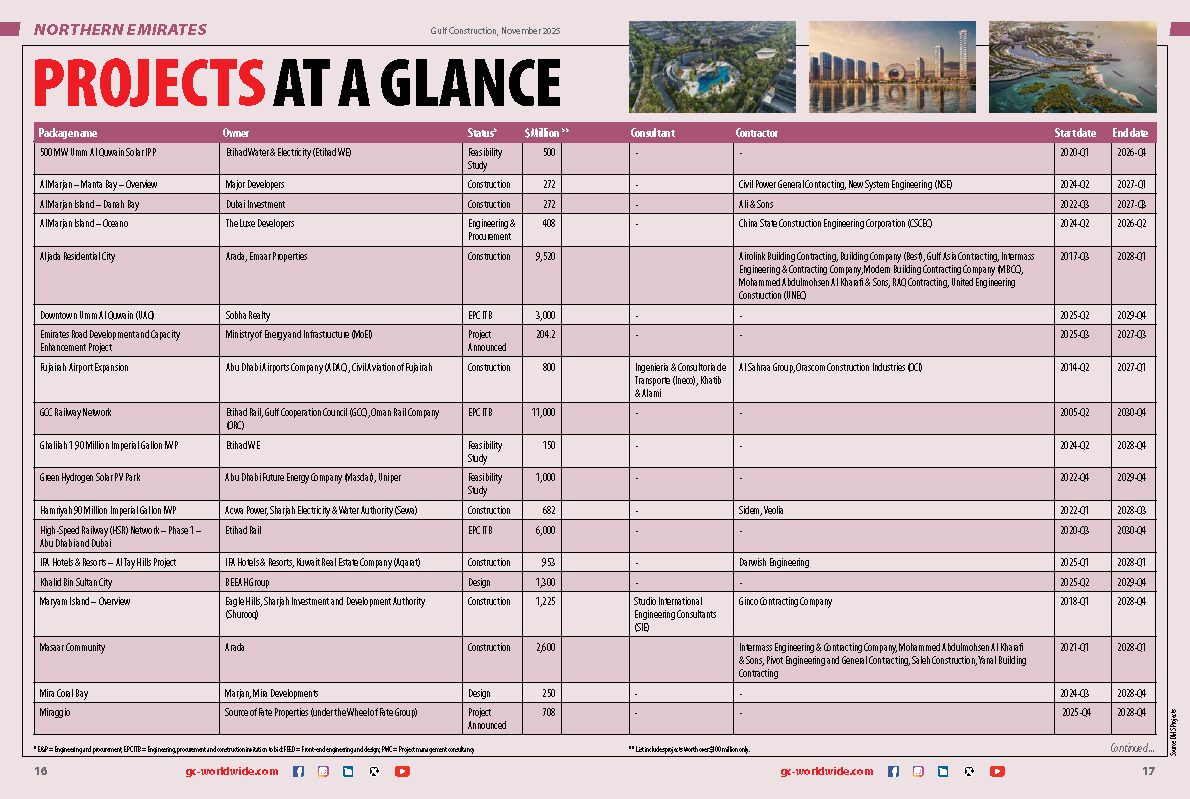
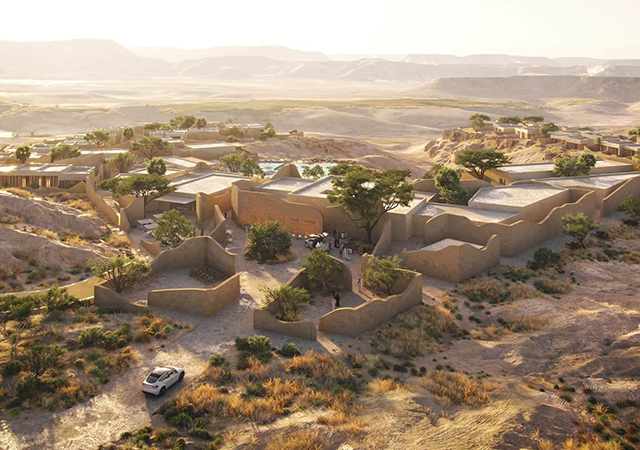
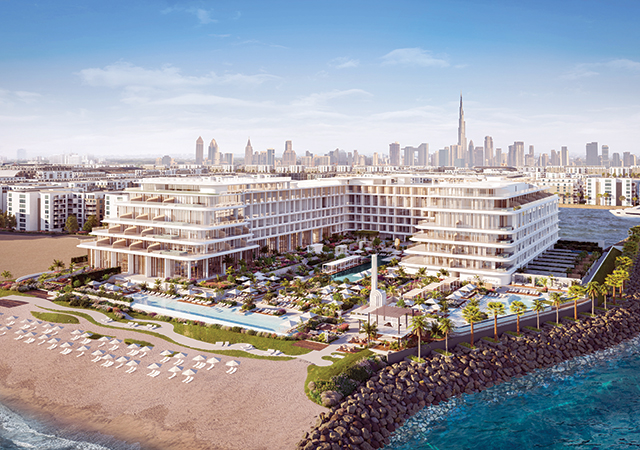


(5).jpg)

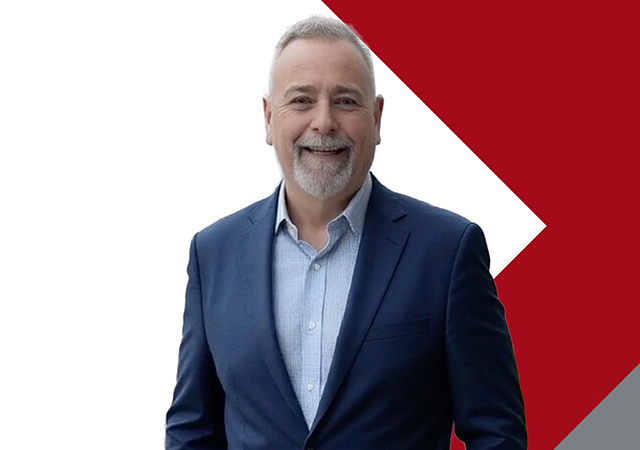

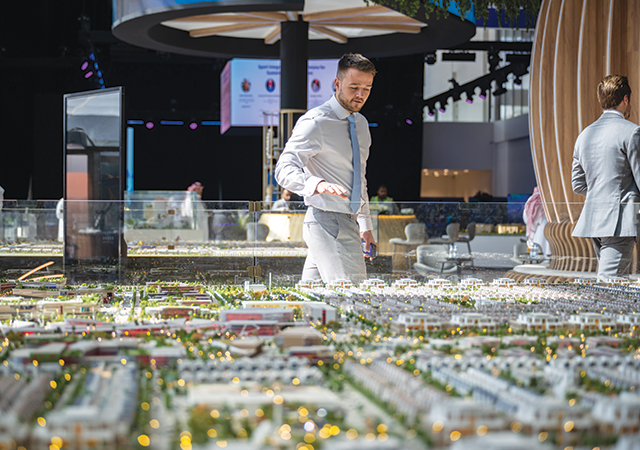
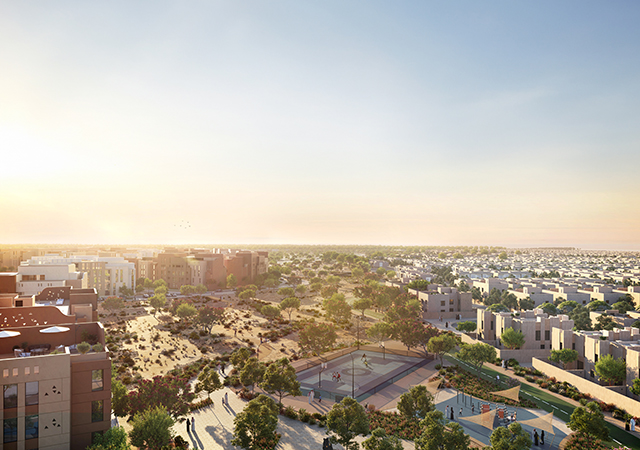
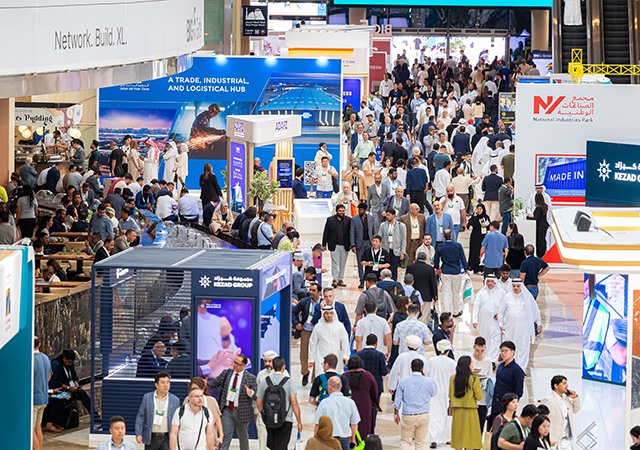
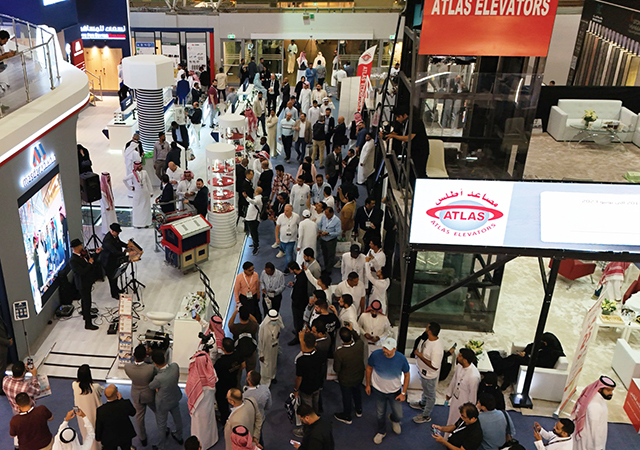
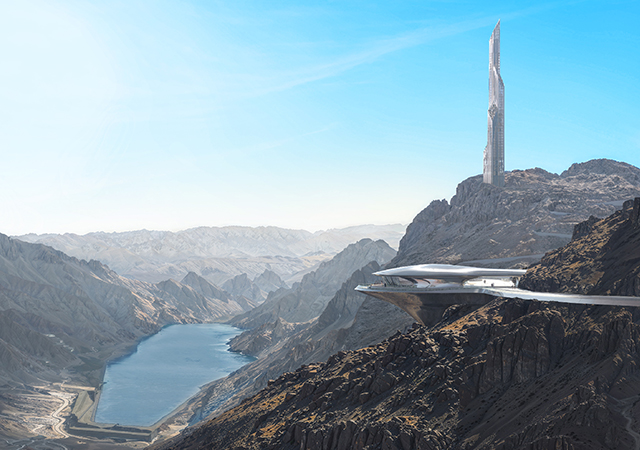
.jpg)
